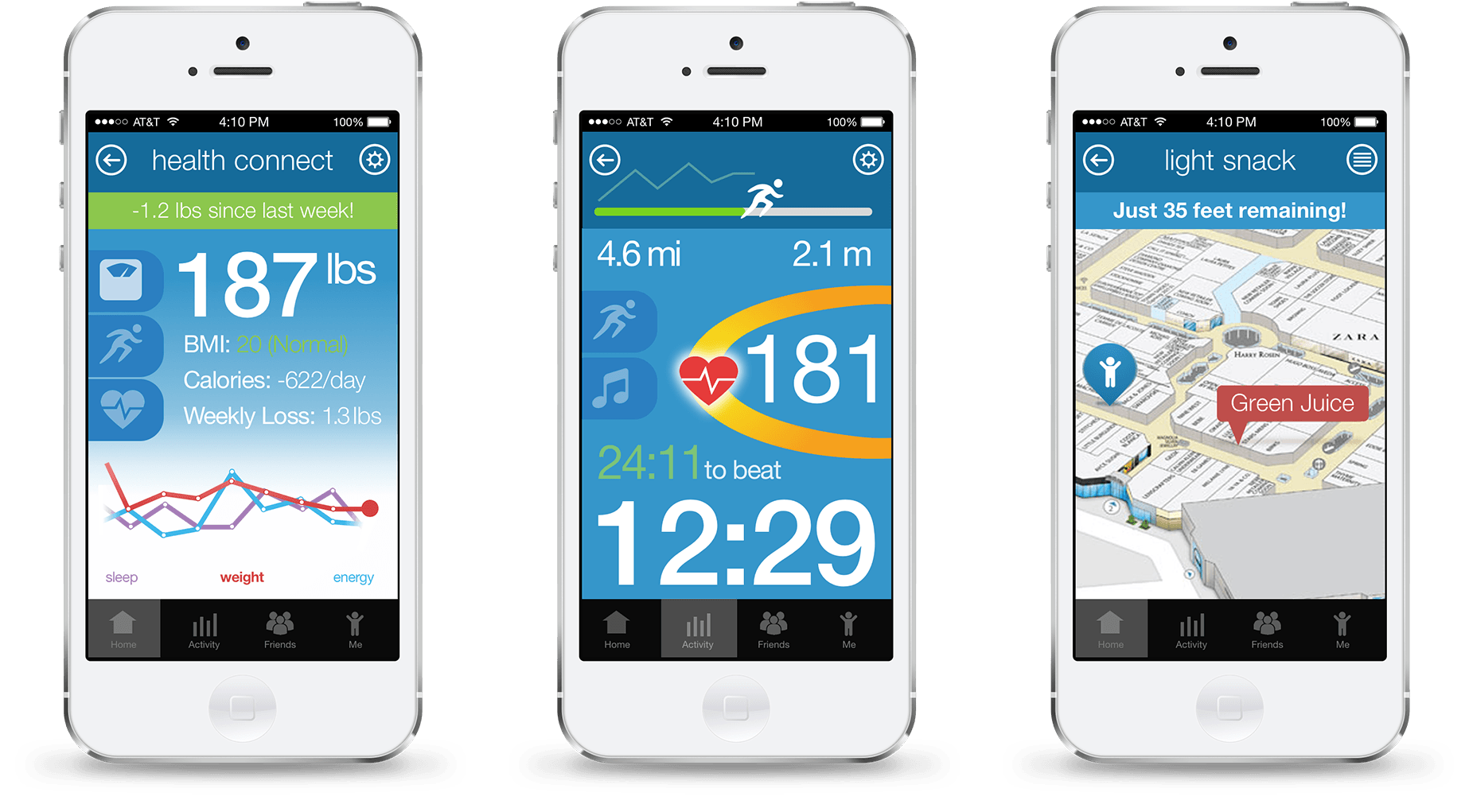

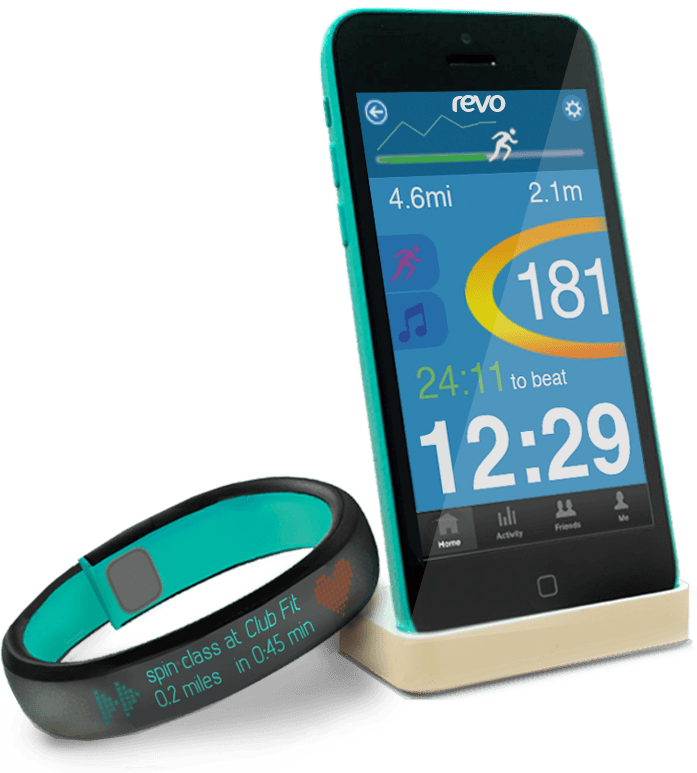
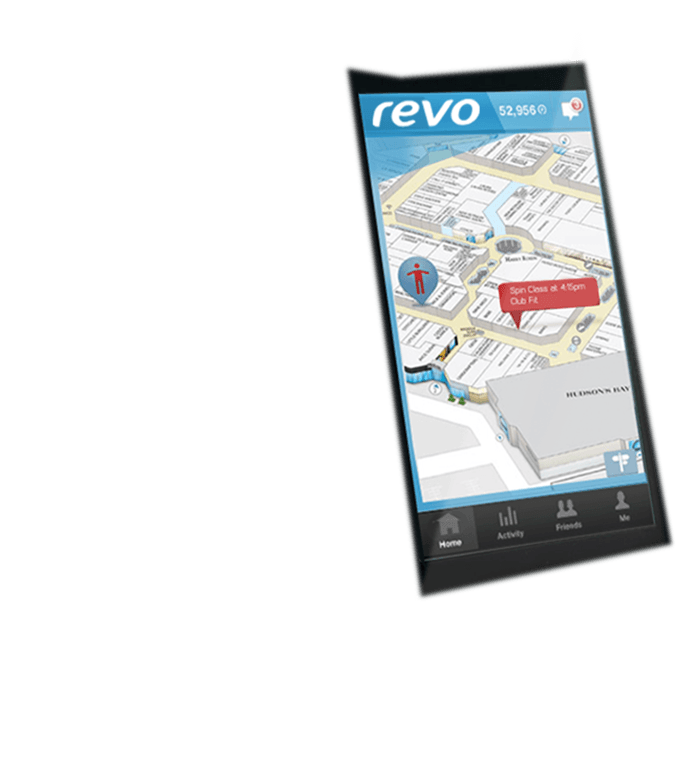
revo goes beyond simply tracking your activity + diet and instead analyzes a wide array of life factors. The result is a hyper-personalized health plan that makes achieving a healthy life an effortless reality, not just a hopeful possibility.
After spending a number of years frustrated with the limited abilities of fitness trackers on the market, I wanted to design my dream wearable health device - one which does not just track and spit out data, but uses your metrics to better understand the whole picture of your personal health profile.
The benefit to having your metrics analyzed on the go are endless, but I am most interested in how such data may reveal trends in your activity levels based on mood, sleep levels, eating habits, and weight. Having a full picture of your health and causal factors, is, to me, essential to understanding what does and does not work when striving to achieve health and fitness goals.
That's why I set out to design a conceptual device that could do just that. Welcome to the revolution.
Conceptual product design exploring hardware and software
2013
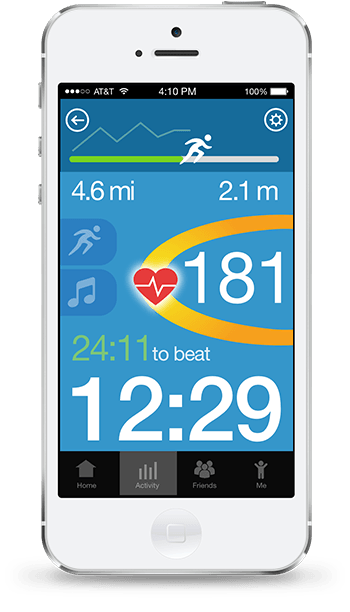
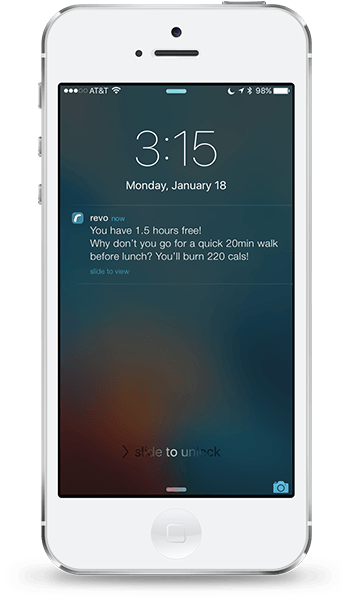
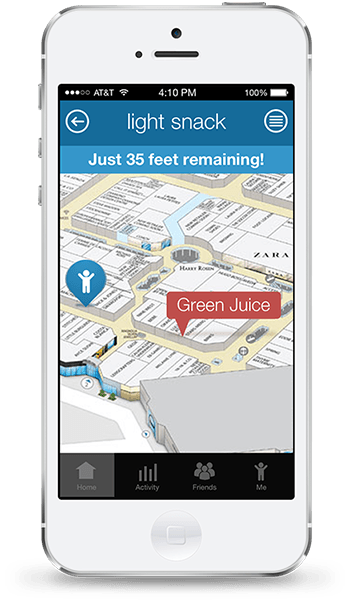
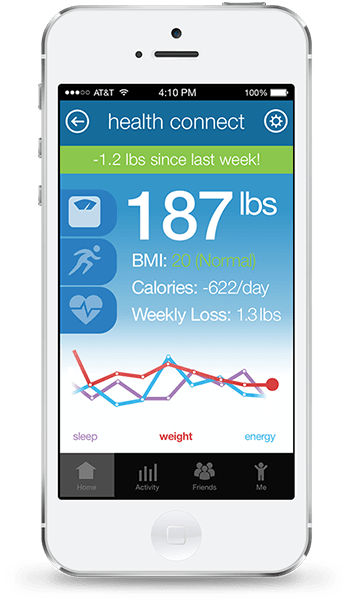
revo began as an idea for an upscale, health-oriented vending machine. The product had the capability to custom-craft snacks based on a user's unique profile for tastes, dietary restrictions, goals, and nutrition profile. After a healthy dose of user and market research, it became clear that such an option would be impractical due to the sparcity of machine locations on initial launch and a disinterest in potentially searching longer and paying more just for a healthier option.
The vending machine idea was soon scrapped and replaced with an insight gathered from users: health is more than a static number - it is a constantly changing variable, a moving target - and it is not easy to achieve. Thus the idea for revo emerged.
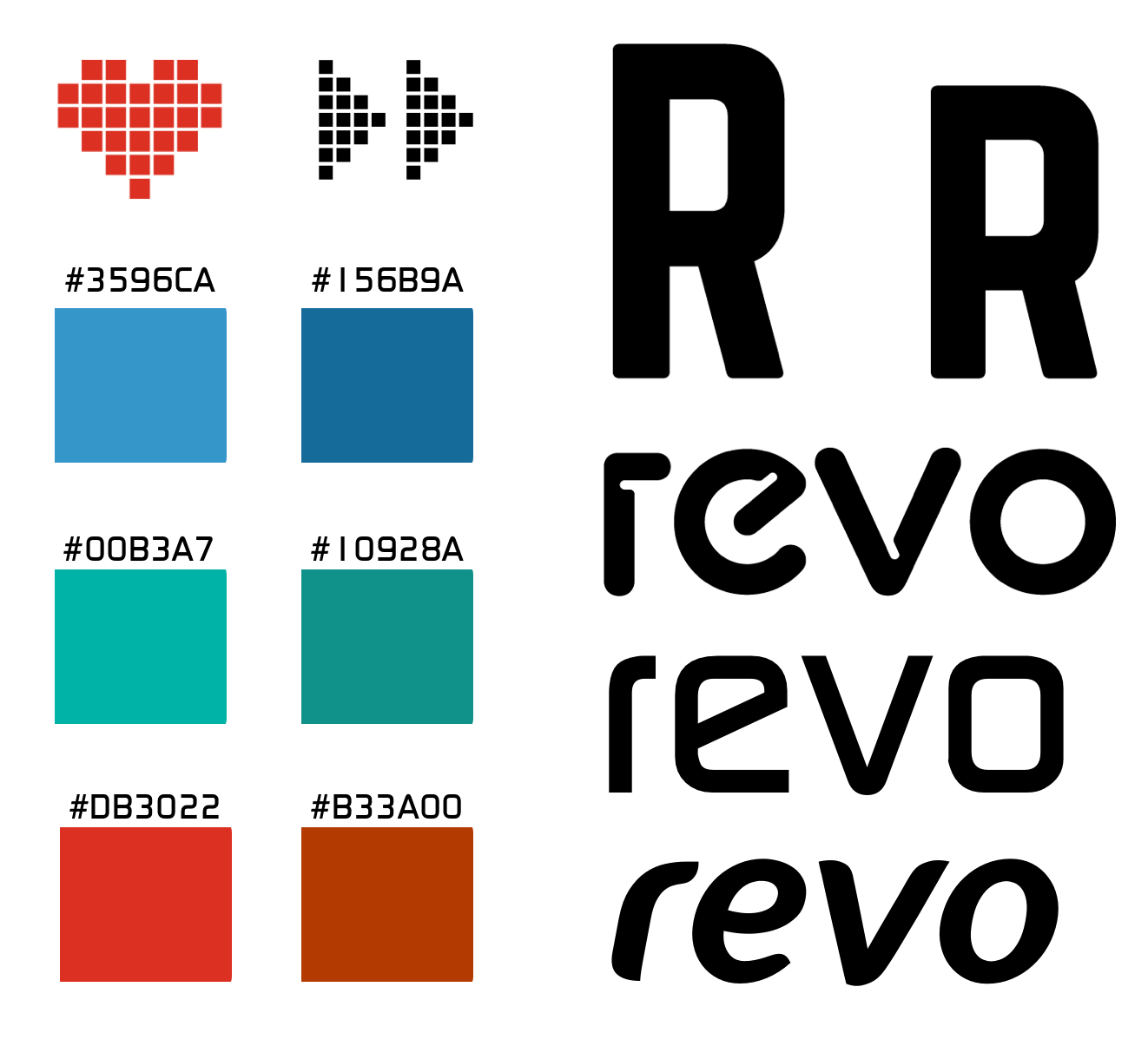
Years before the Apple Watch and similar advanced wearables, the marketplace for wearable fitness devices was fragmented and poorly defined. For many such devices in 2013 - including the Jawbone Up and Fitbit Flex - emphasis was placed on data collection through what amounted to be a pedometer with a wristband. Thus I set out to explore the "next" - considering the limitations of devices currently on the market and the needs of a wider set of users - not just the fitness-minded.
I began expanding features to include those that many users, including myself, had always desired: a heart rate monitor, blood prick,full-device OLED screen with touch sensors, smart clasp that - based on side of overlap - could silence notifications - and even a weight scale to measure small portions of food for easy meal tracking. With all of these ideas in mind, I began to work on the band design, careful to balance utility and practicality with ease of use to increase both desirability and marketability.
From the very start, I did not want revo to be just "another wearable device." It needed to offer something entirely new.
That's where analytics come into play.
By coupling a device capable of advanced
lifestyle tracking with an equally powerful app capable of analyzing the raw data,
one can discover trends and reveal clear paths to key health goals.
What works, what doesn't. What helps, what hurts. No longer does health and fitness need to be a chart of numbers and stats. With trend analysis and real-time data tracking, users are able to understand their health in meaningful ways thus allowing greater control of steps towards goals and greater motivation to complete them.
Even by standards of present wearables today, many years later, few health and fitness services enable such a comprehensive translation of data into sense. Conceptually, revo was - and is - ahead of the trend thanks to a focus on user wants and needs.
